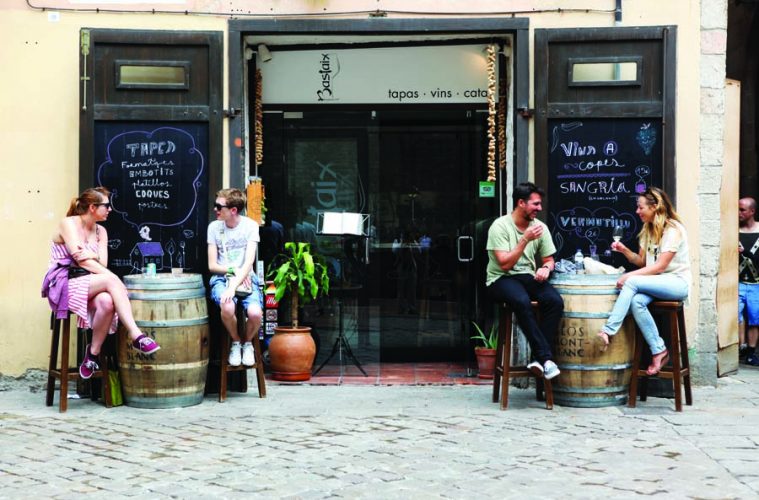Madrid’s Prado Museum, home to paintings by masters like Rafael, Titian, Rembrandt, and Velázquez, is everything you’d expect one of the world’s most important art museums to be. Or so I’ve heard.
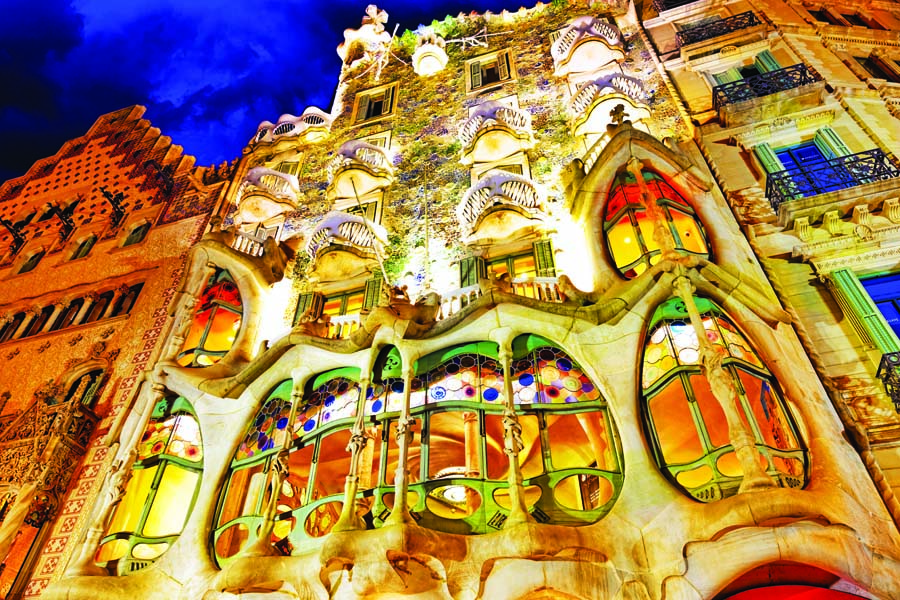
The Prado was on our list of possible places to visit during our family vacation to Spain. But we never made it. Instead, we hopped in a taxi and spent the day with field-tripping local school kids checking out monkeys, sea lions, wallabies, and thousands of other animals at Faunia, a botanical garden and zoological park outside the city.
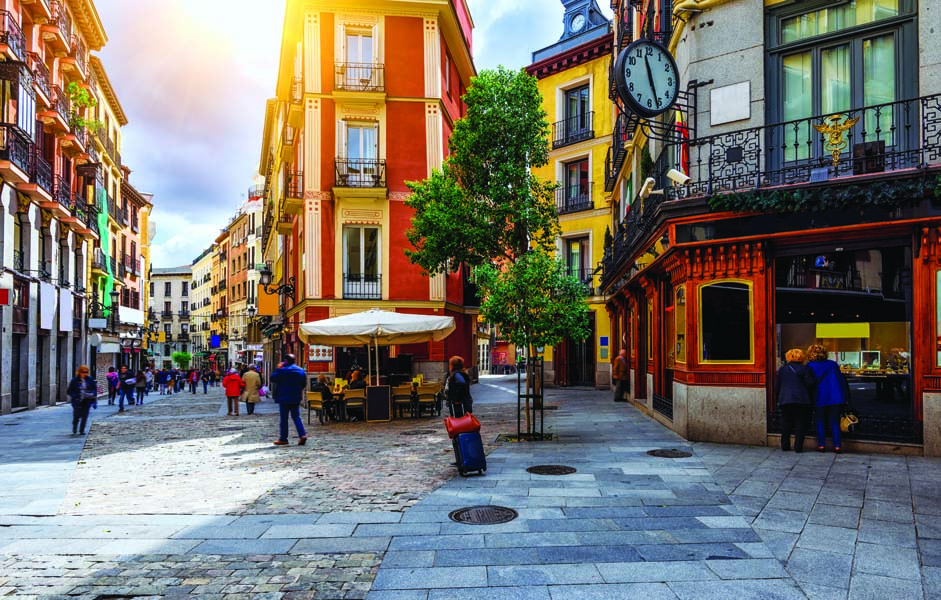
The Prado is considered a must-visit place if you’re in Madrid. So what if you’re not that interested in art. You’re supposed to go. Otherwise, you might be visiting Europe the wrong way.
That last sentence might sound silly, but I have certainly traveled with that mindset, and I’m sure I’m not alone. We Americans not only regularly sacrifice our vacation time in favor of working longer and longer hours, but when we do finally vacation, there’s often nothing relaxing about it.
Instead, we rush from monument to monument, museum to museum, trying to cram a lifetime’s worth of experiences into five days, while efficiently checking off the boxes of everything we’re supposed to see and do. You’re saying Rome’s famed Circus Maximus is essentially just an empty field of dirt and scrubby grass surrounded by a busy roadway? Too bad; your guidebook says it’s important, so go.
It took me 10 years to admit that visiting Circus Maximus was a boring waste of a morning in Rome, but along with that self-awareness has come a resolution: Vacations are rare and often expensive, so when I travel, I’m going to spend my time the way I want to, seeing things I actually care about, and going with the flow as much as I can.
I put this newfound philosophy to the test when I traveled to Barcelona and Madrid for eight days in April with my husband, Brian, and eight-year-old daughter, Chloe.
We were dazzled by Barcelona, a city that for decades lived under the repressive authoritarian rule of the dictator Francisco Franco, who banned its native Catalan language and culture. Now, it seems like Barcelona is exuberantly making up for lost time; it tangibly pulsates with energy and pride in its language, food, music, and wine.
In Barcelona, the “thing you’re supposed to do” is visit the Sagrada Família, an unfinished tour de force of a cathedral designed by Modernisme’s master architect Antoni Gaudí. But the idea of actually visiting it filled me with much less excitement than the prospect of spending the day on a five-hour food tour of the Gothic Quarter, the moody, maze-like neighborhood in Barcelona’s Old City where we stayed.
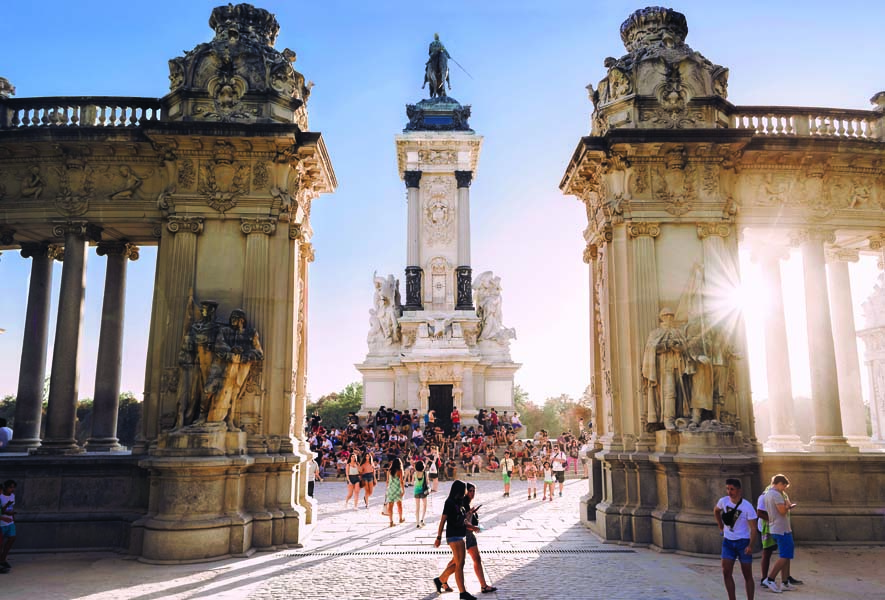
The Monument to Alfonso XII in Madrid
That’s why we booked the Gotico Brunch Tour with Barcelona Food Tour guide Kaye Arcilla. We wandered around the Gothic Quarter sampling sugar-coated anise-flavored doughnuts called bunyols de quaresma; dunking crispy, freshly fried churros into thick hot chocolate; sipping peppery, first-extraction Spanish olive oils as though they were fine wines; and indulging in Catalan sausage, cheeses, and thinly sliced, ultra-premium jamón ibérico— which tasted like prosciutto but better. As if all that wasn’t enough, we also ate a multicourse, sit-down lunch at Tapeo, which reinvents classic Catalan tapas with dishes like eggplant with honey and grilled octopus with pureed chickpeas.
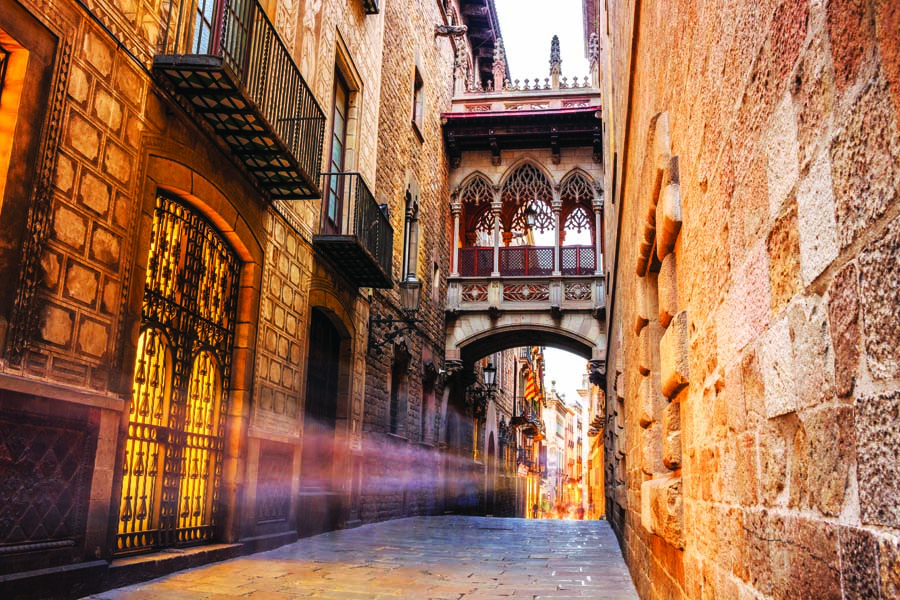
Barcelona’s Gothic Quarter
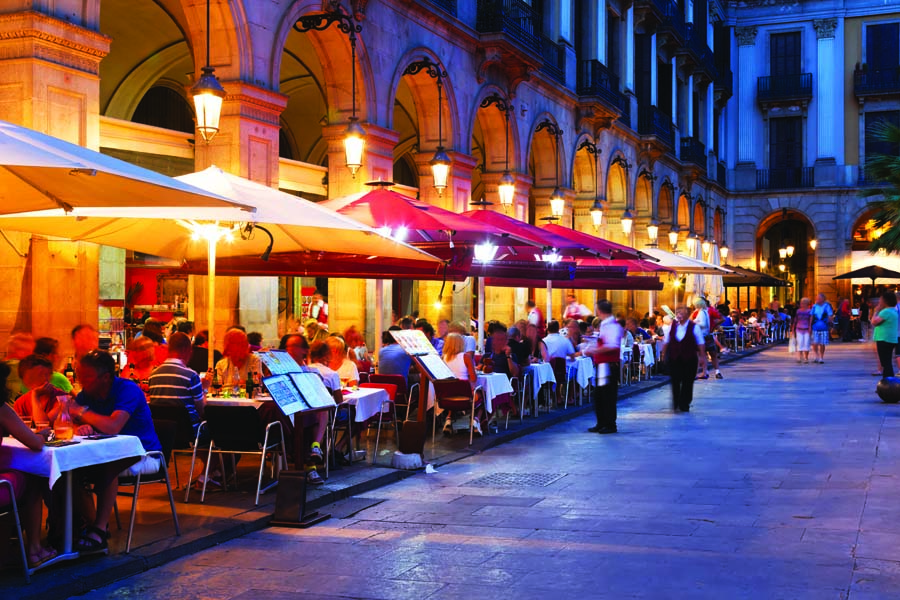
Of course, we didn’t skip all of Spain’s best-known highlights. In Barcelona, we happily got lost in Gaudí’s colorful and surreal confection of a house, Casa Batlló, and visited the Picasso Museum, which vividly illustrates Picasso’s transition from traditional artist to Cubist master.
In Madrid, we toured the eye-popping, opulent Royal Palace, and watched, transfixed, as flamenco dancers and guitarists performed on an intimate stage. But we also took Chloe’s museum fatigue into account when we scrapped plans to visit the Prado and ventured far out of town to Faunia instead.
In fact, a willingness to be sidetracked served us well. Being in Barcelona on April 23 was an unexpected treat because that’s the day that Catalans take to the streets to celebrate their patron saint, Sant Jordi (or Saint George), who famously slayed a dragon.
Aimless wandering allowed us to stumble upon a farmers’ market in tucked-away Plaça del Pi, where we chatted with local farmers and chefs, and discover a street musician whose haunting Spanish guitar reverberated off the ancient cathedral and the narrow alleyways of the Gothic Quarter after dark.
Of course, serendipity is sometimes the result of inconvenience. A taxi strike meant we had to walk from our hotel to the subway station in the rain with all of our luggage and Chloe’s wheelchair in order to catch a train to Madrid. But doing so sparked conversations with helpful and friendly locals whom we otherwise wouldn’t have met.
In fact, one of those new friends recommended lunch at the 150-year-old restaurant La Bola in Madrid, where we dined on cocido madrileño, a rich traditional meat-and-chickpea stew that’s cooked for hours in a clay pot. We got the very last table (most of the restaurant was taken up by a private party of locals), and Chloe was gifted with a miniature pot as a souvenir from the waiter.
So, no, we didn’t see Sagrada Familia or the Prado Museum or have a guidebook-perfect trip to Spain. Instead, we had a trip that was perfect for us.

